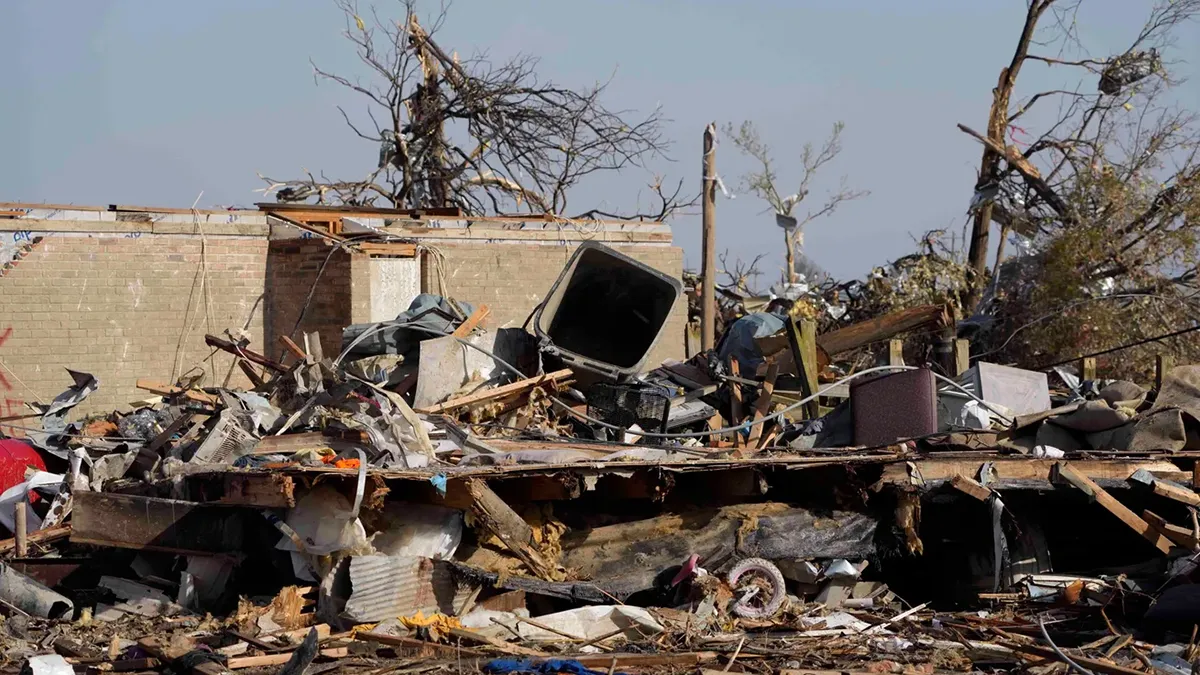Cyclone Mocha, a powerful and deadly storm, has struck the coastlines of Bangladesh and Myanmar, gaining strength equivalent to a category-five hurricane. This catastrophic event has resulted in heavy rain, strong winds, and a looming threat to the residents of low-lying coastal areas, who fear losing their homes. Cox’s Bazar, the world’s largest refugee camp, has already witnessed the destruction of over 500 bamboo shelters. As landslides and floods ravage the region, the situation remains critical.

Impact on Coastal Communities:
As Cyclone Mocha approached, local authorities in Cox’s Bazar took prompt action, patrolling the coastline with police carrying loudspeakers, urging residents to seek shelter indoors. The storm’s intensification emptied the streets, casting a dark shadow over the town as strong winds and relentless rainfall battered the area. To provide temporary refuge, a school in Cox’s Bazar transformed its classrooms into a shelter, accommodating mothers with infants, young children, the elderly, and the frail. Approximately 500,000 people were evacuated from their homes, making the arduous journey from fishing and coastal villages to seek safety. However, despite their resilience, many individuals expressed concerns that their homes could be submerged by storm surges of up to four meters.
Challenges Faced by Rohingya Refugees:
Not far from the cyclone shelter, nearly one million Rohingya refugees are grappling with the impact of Cyclone Mocha. The government of Bangladesh restricts their movement outside the camps and prohibits the construction of permanent structures. Consequently, the refugees sought shelter in fragile bamboo structures with tarpaulin roofs, offering little protection from the devastating storm. Reports indicate that approximately 500 shelters were damaged by the strong winds, with fallen trees and landslides exacerbating the situation. Fortunately, no casualties have been reported in the camps thus far, according to Mizanur Rahman from the Refugee Relief and Repatriation Commissioner.
Cyclone’s Impact on Myanmar:
Cyclone Mocha’s forceful winds and torrential rain also targeted neighboring Myanmar. The city of Sittwe experienced escalating disruptions as the storm approached, with electricity and wi-fi connections severely impacted. Dramatic footage captured the rising tide, flooding streets and carrying debris. A telecom tower succumbed to the high winds, while roofs were torn off houses and billboards became airborne in Yangon amid relentless rainfall. Reports from various parts of Myanmar indicate damaged and collapsed buildings, with a tragic incident involving the loss of a 14-year-old boy’s life due to a falling tree in Rakhine State.
Forecast and Precautionary Measures:
The Bangladeshi meteorological department office reported that Cyclone Mocha’s maximum sustained wind speed, within a 75km radius of its center, reached approximately 195km/h (120mph), with gusts and squalls of 215km/h. Dr. MM Malik, a meteorologist from the government storm warning center in Dhaka, highlighted the cyclone’s expansive diameter of 520km, signifying a slow progression across the coastline. To mitigate the storm’s impact, airports in the vicinity were temporarily closed, fishermen were instructed to suspend their work, and around 1,500 shelters were established to relocate vulnerable individuals to safer areas. The impending deluge of rain poses a severe threat of landslides, particularly for those residing in hillside camps, where landslips are a recurring danger.



